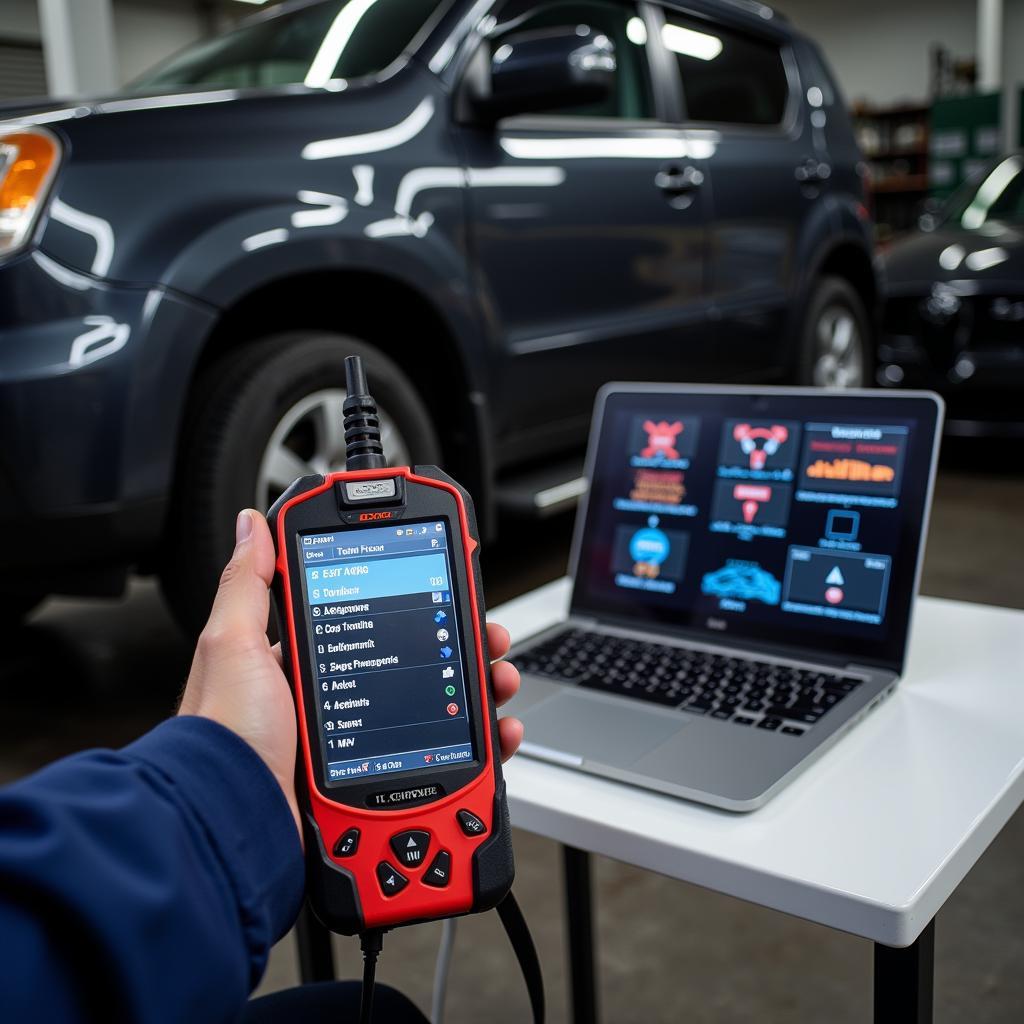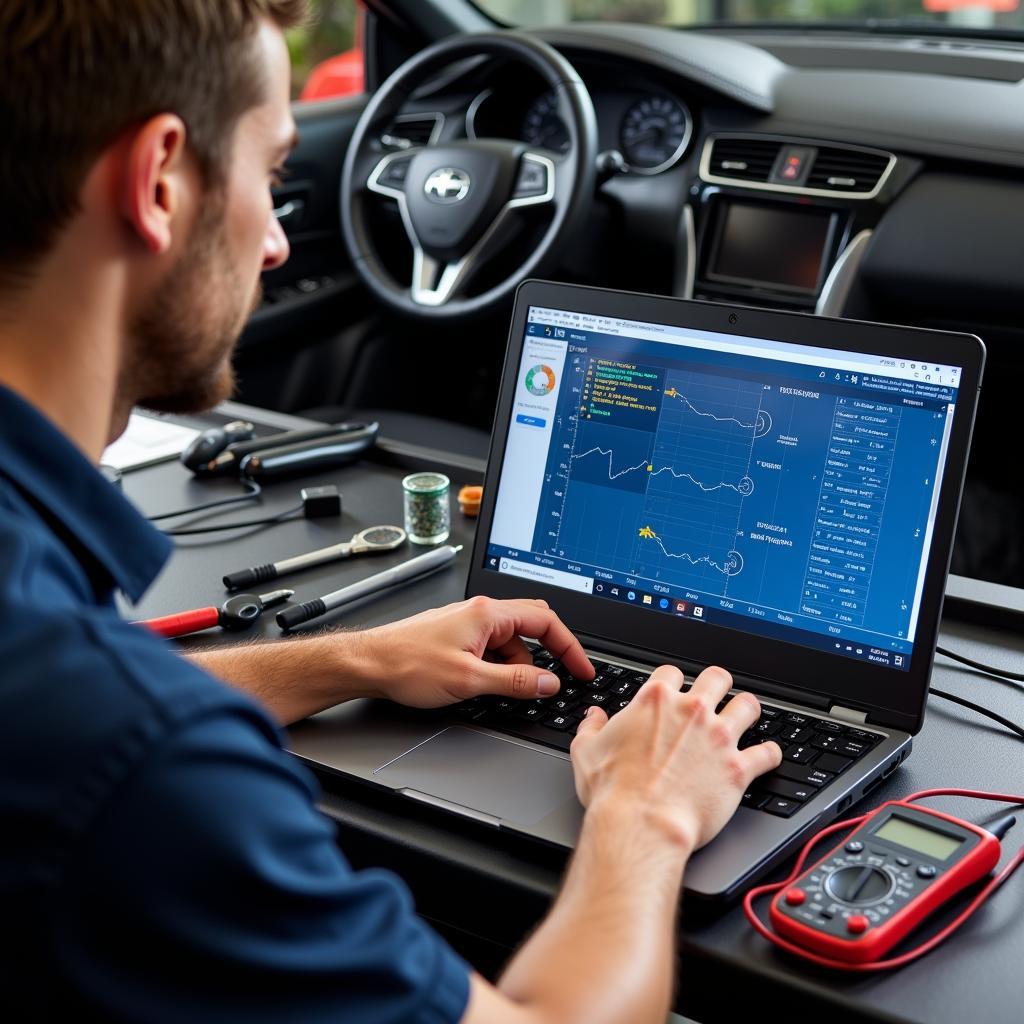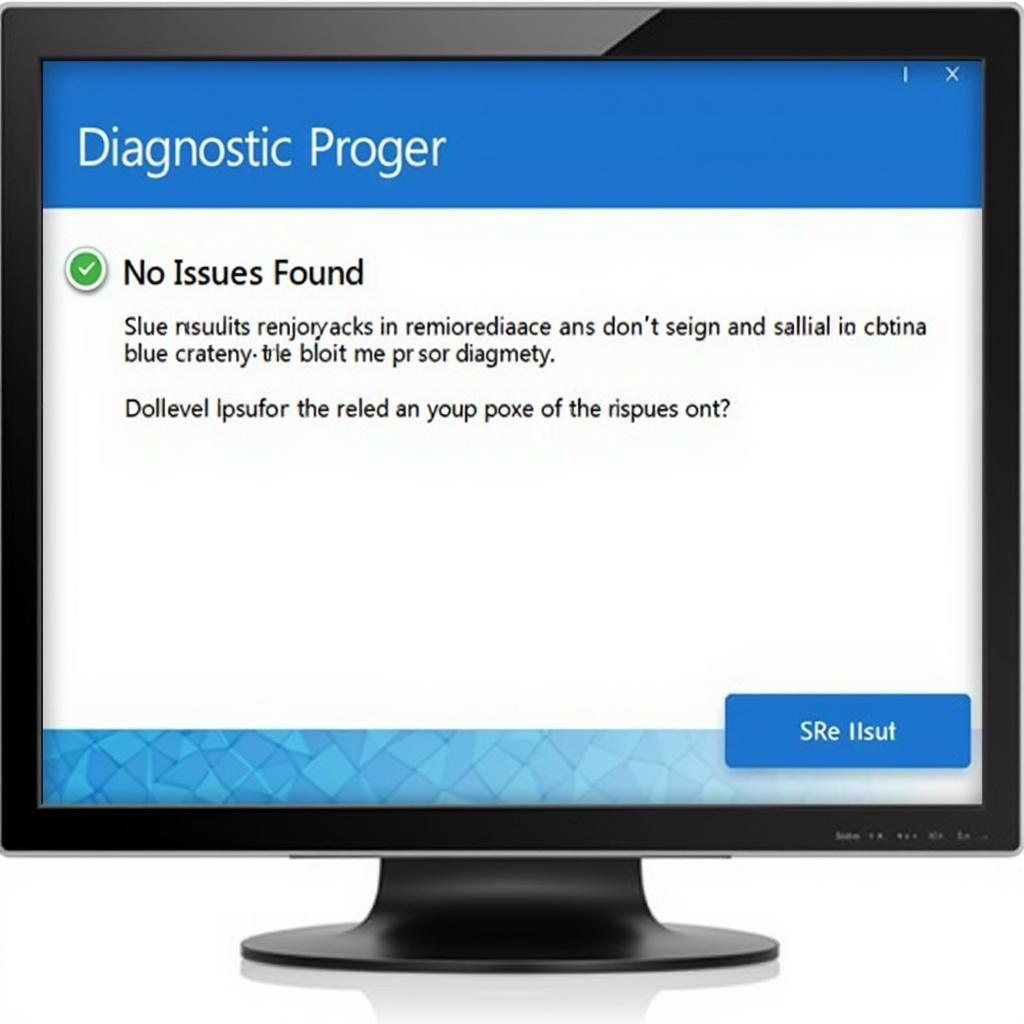In today’s technologically advanced world, automotive repair shops and technicians often find themselves grappling with a wide array of vehicle makes and models, each equipped with its unique software and diagnostic protocols. This diversity can pose a significant challenge when it comes to selecting the right diagnostic tools. The solution lies in embracing Diagnostic Tools That Are Cross Compatible With Other Operating Systems. These versatile tools streamline the diagnostic process, saving time, money, and unnecessary headaches.
 Cross Compatible Diagnostic Tool
Cross Compatible Diagnostic Tool
The Importance of Cross Compatibility in Diagnostic Tools
Imagine a scenario where your shop is equipped with a diagnostic tool that excels in troubleshooting European vehicles but falls short when it comes to Asian or domestic makes. This lack of cross compatibility forces you to invest in multiple tools, each catering to a specific vehicle origin or system. The financial burden aside, this approach leads to a cluttered workspace and a steeper learning curve for technicians who need to master various interfaces and software.
Diagnostic tools that are cross compatible with other operating systems eliminate these hurdles by providing a comprehensive solution. These tools act as universal translators, capable of communicating with the onboard computers of a wide range of vehicles, irrespective of their make, model, or year. This versatility is particularly valuable in mixed-fleet environments, where technicians encounter a diverse range of vehicles daily.
Benefits of Using Cross Compatible Diagnostic Tools
The advantages of incorporating cross compatible diagnostic tools into your automotive repair arsenal are numerous and far-reaching:
- Cost-Effectiveness: Investing in one comprehensive tool that caters to various vehicle types is significantly more economical than purchasing multiple specialized tools.
- Increased Efficiency: Cross compatibility streamlines the diagnostic process, allowing technicians to quickly identify and rectify issues without the need to switch between tools or software.
- Enhanced Accuracy: By providing access to a broader range of vehicle systems and data points, these tools empower technicians to make more accurate diagnoses, minimizing the risk of misinterpretations and unnecessary repairs.
- Future-Proofing Your Shop: As automotive technology advances at an unprecedented pace, cross compatible diagnostic tools offer a degree of future-proofing. Their adaptability ensures compatibility with emerging vehicle technologies and diagnostic protocols.
Key Features to Look for in Cross Compatible Diagnostic Tools
When choosing a cross compatible diagnostic tool, it’s essential to prioritize features that align with your shop’s specific needs and workflow. Here are some key aspects to consider:
- Wide Vehicle Coverage: Opt for tools that support a comprehensive range of vehicle makes and models, including both domestic and imported vehicles.
- Intuitive User Interface: A user-friendly interface simplifies the diagnostic process, even for technicians who may not be familiar with specific vehicle systems.
- Regular Software Updates: Automotive technology evolves constantly. Choose a tool from a manufacturer that provides regular software updates to ensure compatibility with the latest vehicle models and diagnostic protocols.
- Data Logging and Reporting: The ability to log diagnostic data and generate detailed reports is crucial for accurate record-keeping and effective communication with customers.
- Technical Support and Training: Reliable technical support and comprehensive training resources can prove invaluable when encountering complex diagnostic challenges.
profinet diagnostic tool for Efficient Network Troubleshooting
Beyond the realm of onboard vehicle diagnostics, cross compatibility extends to network troubleshooting tools. Industrial networks, often relying on protocols like PROFINET, necessitate specialized tools for efficient diagnosis and maintenance. A profinet diagnostic tool offers the ability to analyze network traffic, identify communication bottlenecks, and pinpoint the root cause of network-related issues. The cross compatibility of such a tool ensures seamless integration with various network devices and operating systems, making it an indispensable asset for industrial automation engineers and technicians.
 Mechanic Using Diagnostic Software on a Laptop
Mechanic Using Diagnostic Software on a Laptop
Expert Insights on Cross Compatibility in Automotive Diagnostics
“In my experience as an automotive electrical engineer, cross-compatibility in diagnostic tools is no longer a luxury but a necessity,” says John Miller, a veteran automotive electrical engineer with over 20 years of experience. “The sheer diversity of vehicle makes and models we encounter in today’s workshops demands tools that can speak the language of any vehicle that rolls through the door.”
He further emphasizes, “Investing in a high-quality, cross compatible diagnostic tool is an investment in the future of your shop. It’s about staying ahead of the curve in terms of technological advancements and ensuring your technicians have the tools they need to provide efficient and accurate diagnoses.”
Conclusion
In the ever-evolving landscape of automotive technology, embracing diagnostic tools that are cross compatible with other operating systems is no longer a matter of choice but a necessity. These tools empower automotive repair shops and technicians to navigate the complexities of modern vehicles with confidence and efficiency. By investing in cross compatible diagnostic tools, you’re not just equipping your shop with tools; you’re investing in its long-term success. Contact ScanToolUS today at +1 (641) 206-8880 or visit our office at 1615 S Laramie Ave, Cicero, IL 60804, USA, to explore our range of cross compatible diagnostic solutions.


